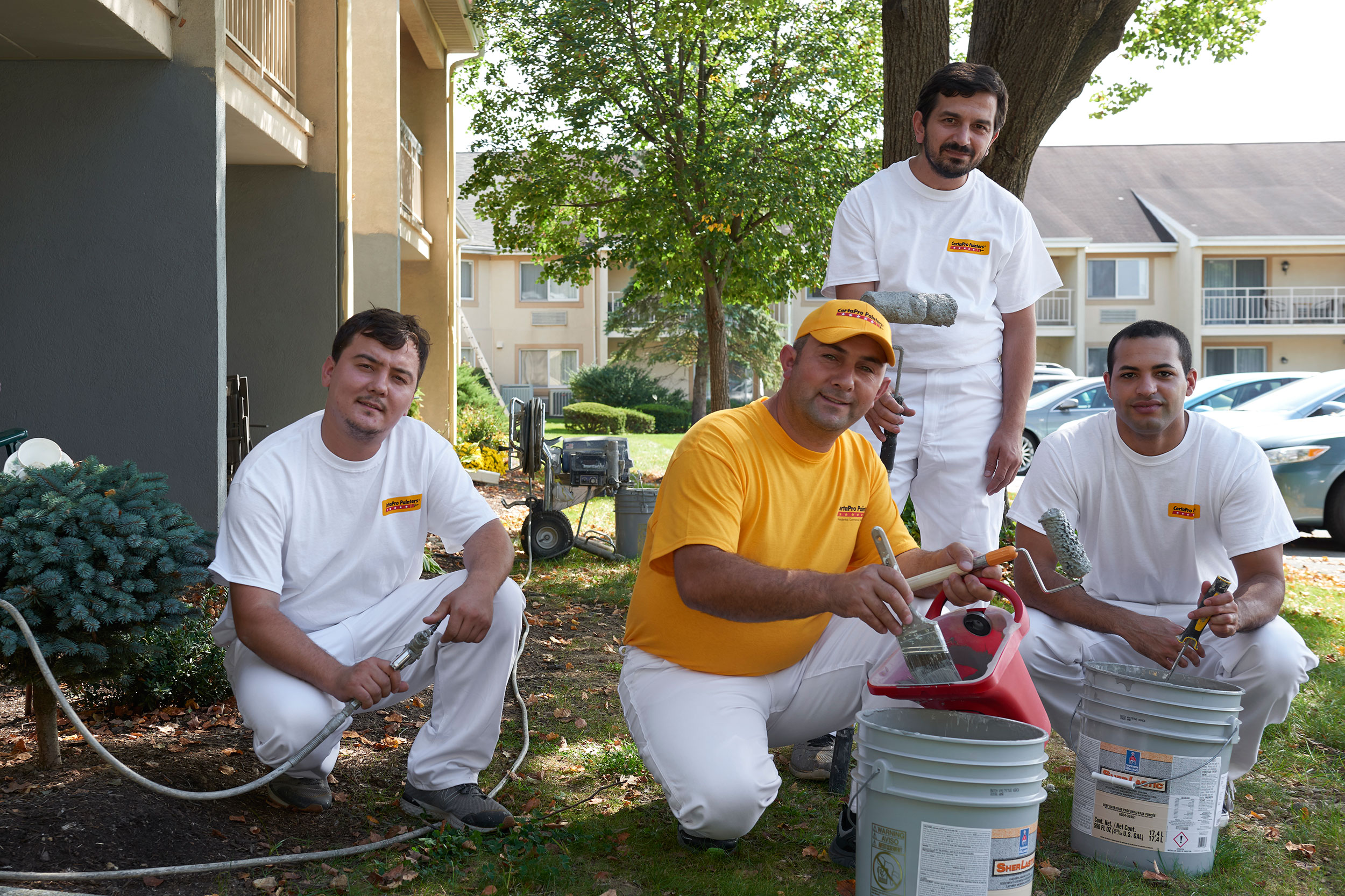
How Long Does Paint Last in Blue Springs?
Posted on July 13, 2025
At CertaPro Painters® of Blue Springs, MO, we know how common it is for Kansas City area homeowners to have leftover paint from a kitchen remodel in Lee’s Summit or a bedroom refresh in Independence. Whether you’re touching up trim or prepping for a full repaint down the road, it’s smart to understand how long paint actually lasts—and how to store it properly in our Midwest climate.
Between our cold Missouri winters and humid summers, storing paint in garages and outdoor sheds around Blue Springs, Grain Valley, or Oak Grove can lead to it going bad faster than you’d expect. Let’s take a closer look at how to keep your paint fresh—and when to toss it.

How Long Does Paint Last?
Shelf Life Estimates for Common Paint Types
Properly stored paint can last anywhere from a few months to over a decade. Here’s a general guide:
- Latex or Acrylic-Latex Paint: 2 to 10 years
- Oil-Based Paint: 2 to 15 years
- Chalk Paint: 1 to 5 years
Keep in mind: unopened cans stored in a temperature-controlled space, like a basement, will last much longer than paint left in an uninsulated KC garage.
Paint Type Breakdown
Latex or Acrylic-Latex Paint
Most manufacturers like Sherwin-Williams (popular right here in KC) estimate latex paint lasts about 1–2 years unopened. But many pros—and homeowners who store it properly—report it can hold up for closer to 10 years.
Oil-Based Paint
Thanks to solvent-based ingredients, oil paint tends to hold up even longer. If you’re storing cans from your Brookside bungalow update or that classic Crown Center condo, it could still be good up to 15 years later.
Chalk Paint
Great for furniture flips in places like Westport or Waldo, chalk paint usually lasts a year or two, especially if sealed well. If it thickens over time, a little water can help restore consistency.
Signs Your Paint Has Gone Bad
Wondering if that can in the garage is still good for touch-ups? Watch out for these signs:
- Sour or Foul Odor
If it smells more like old cheese than paint, it’s time to toss it. - Frozen and Thawed Paint
Paint stored in unheated garages or sheds may have frozen during our snowy winters. Repeated freezing and thawing can ruin the consistency and bonding ability. - Lumpy or Chunky Texture
A slight film on top can be normal, but solid lumps or jelly-like paint? That means it’s toast.

How to Store Paint Properly in the Kansas City Climate
We get all four seasons here in the KC metro area, so smart storage is key:
- Keep paint in a cool, dry, temperature-controlled space (think indoor closets or basements, not sheds).
- Avoid extreme heat or cold—paint freezes just like water.
- Place plastic wrap under the lid before sealing to keep air out.
- Use a rubber mallet to close cans to avoid denting the rim.
- For long-term storage, consider transferring paint to plastic, airtight containers made for paint.
Still Unsure? Ask Your Local Paint Pros!
If you’re ever unsure about that half-used can from your last project in Blue Springs or surrounding areas like Liberty or Raymore, give us a call! Our team at CertaPro Painters® of Blue Springs, MO is happy to help you assess your paint—and plan your next project with confidence.
Let’s make sure your home always looks its best. Contact us today!





